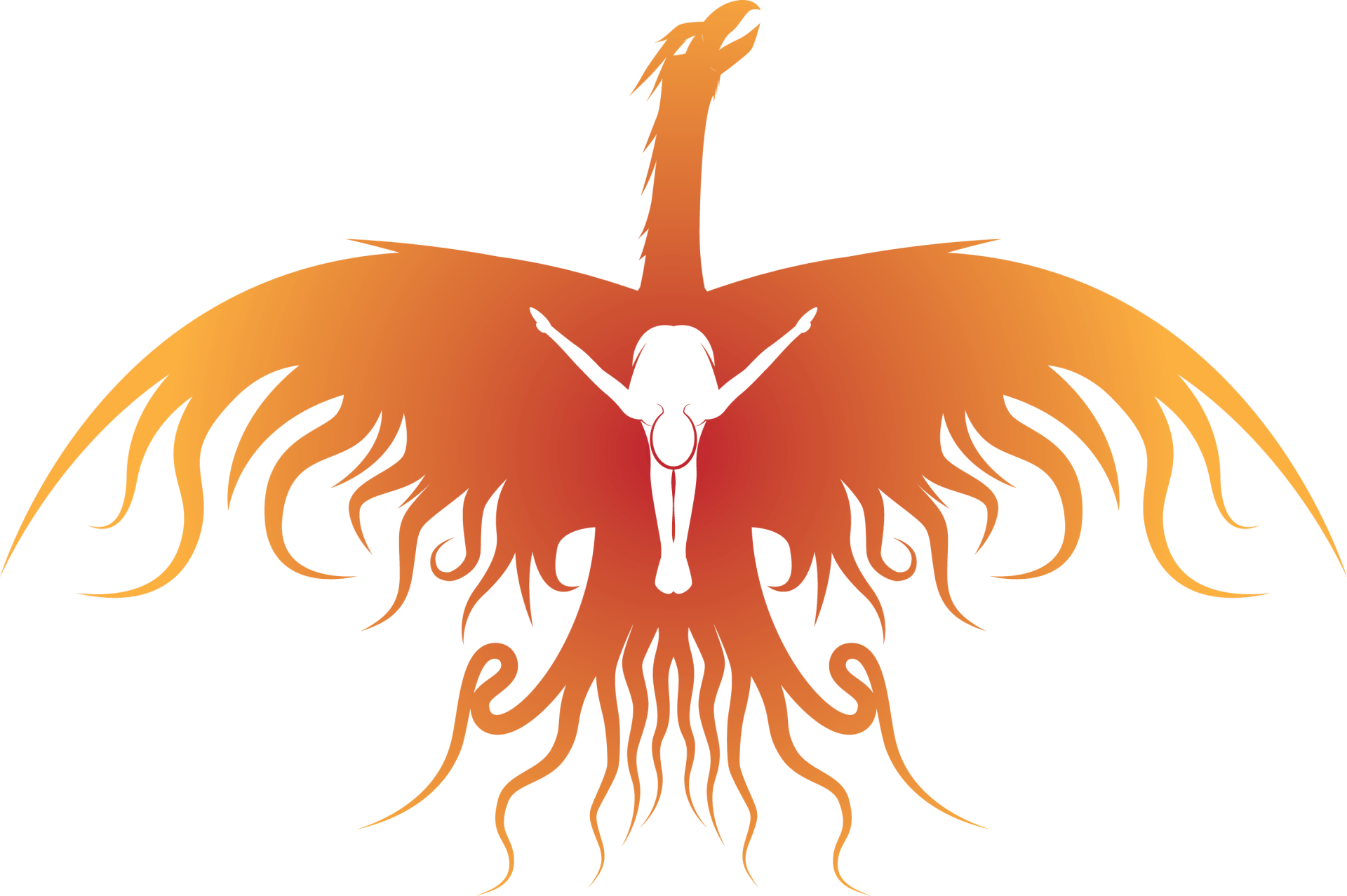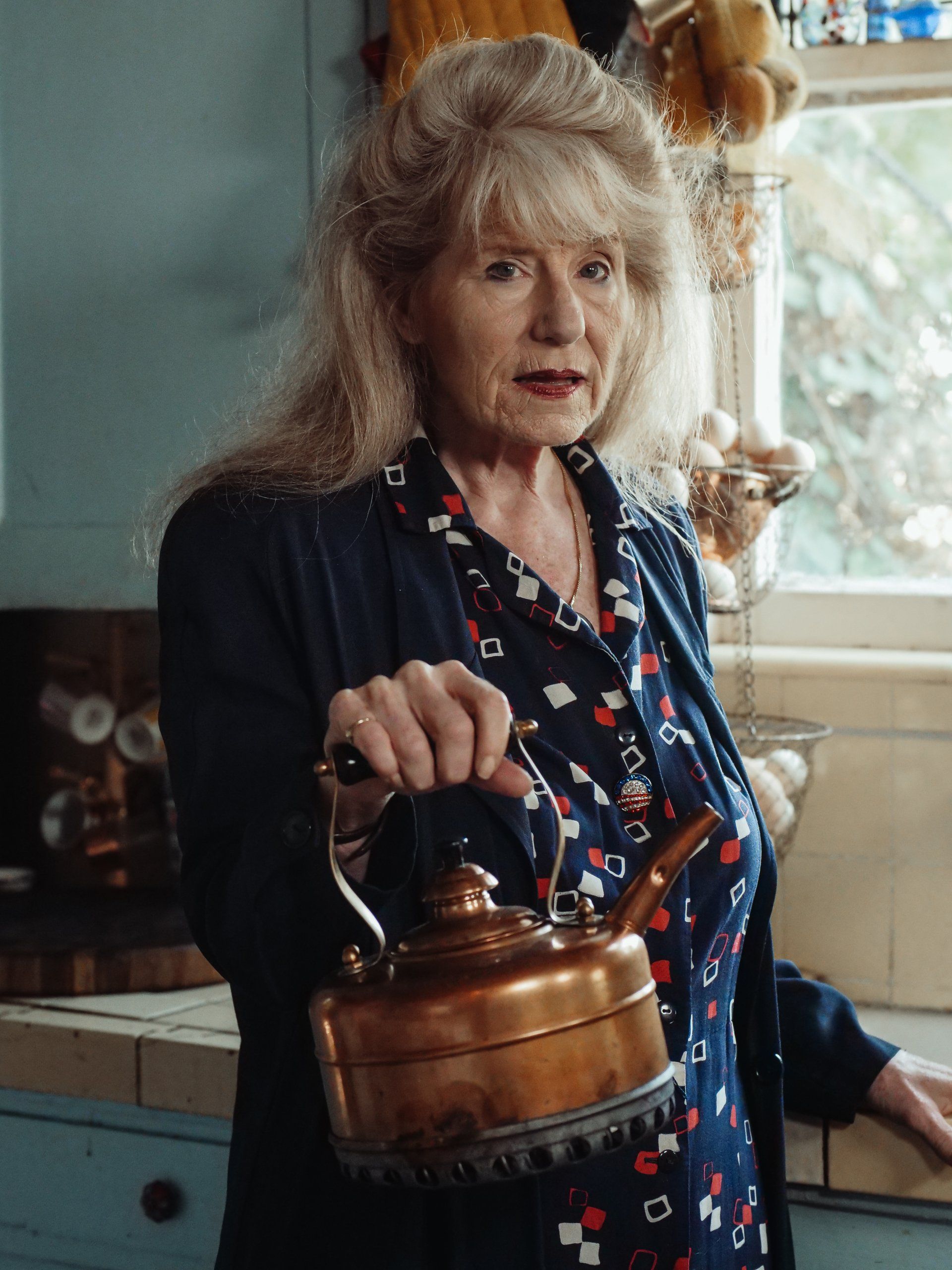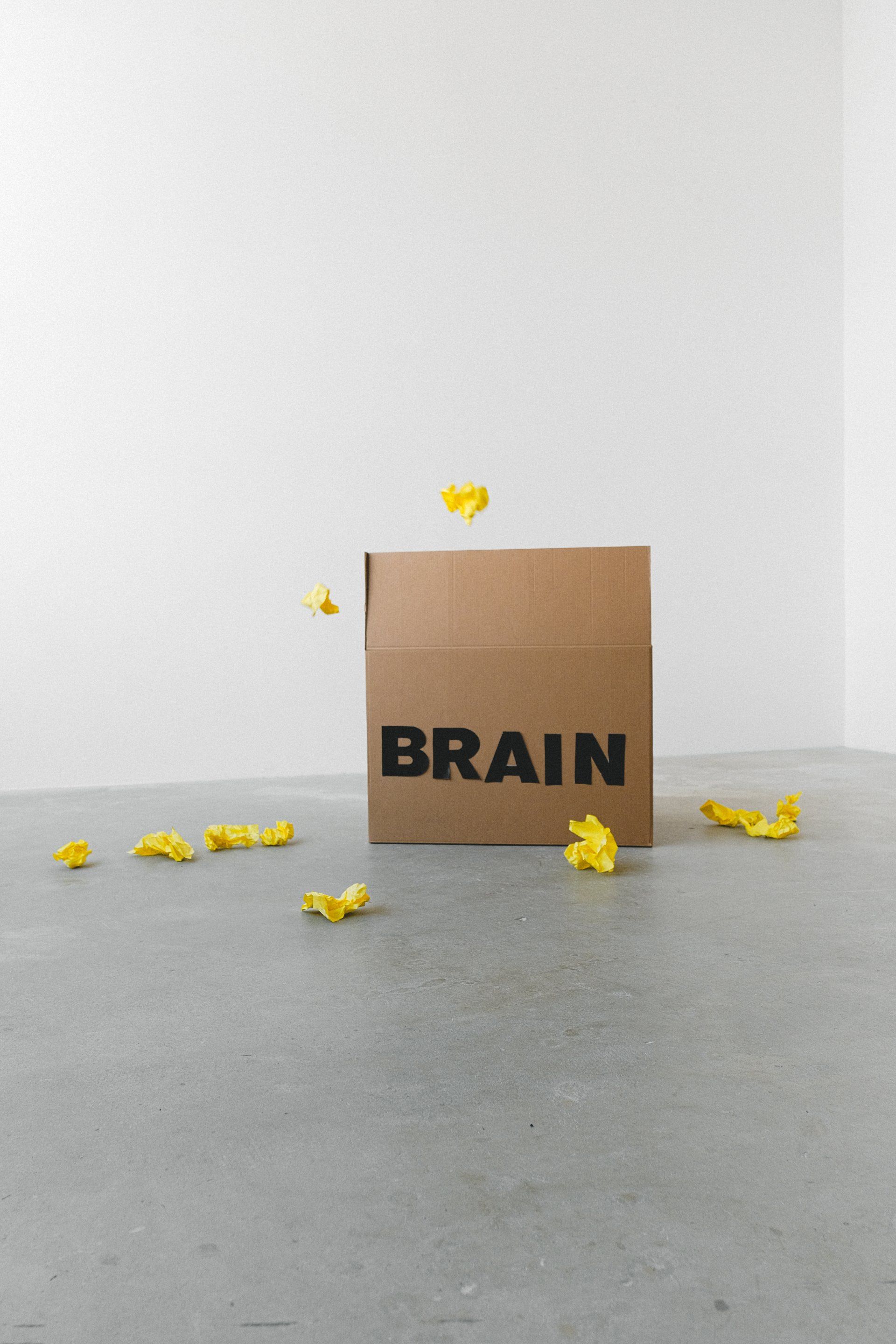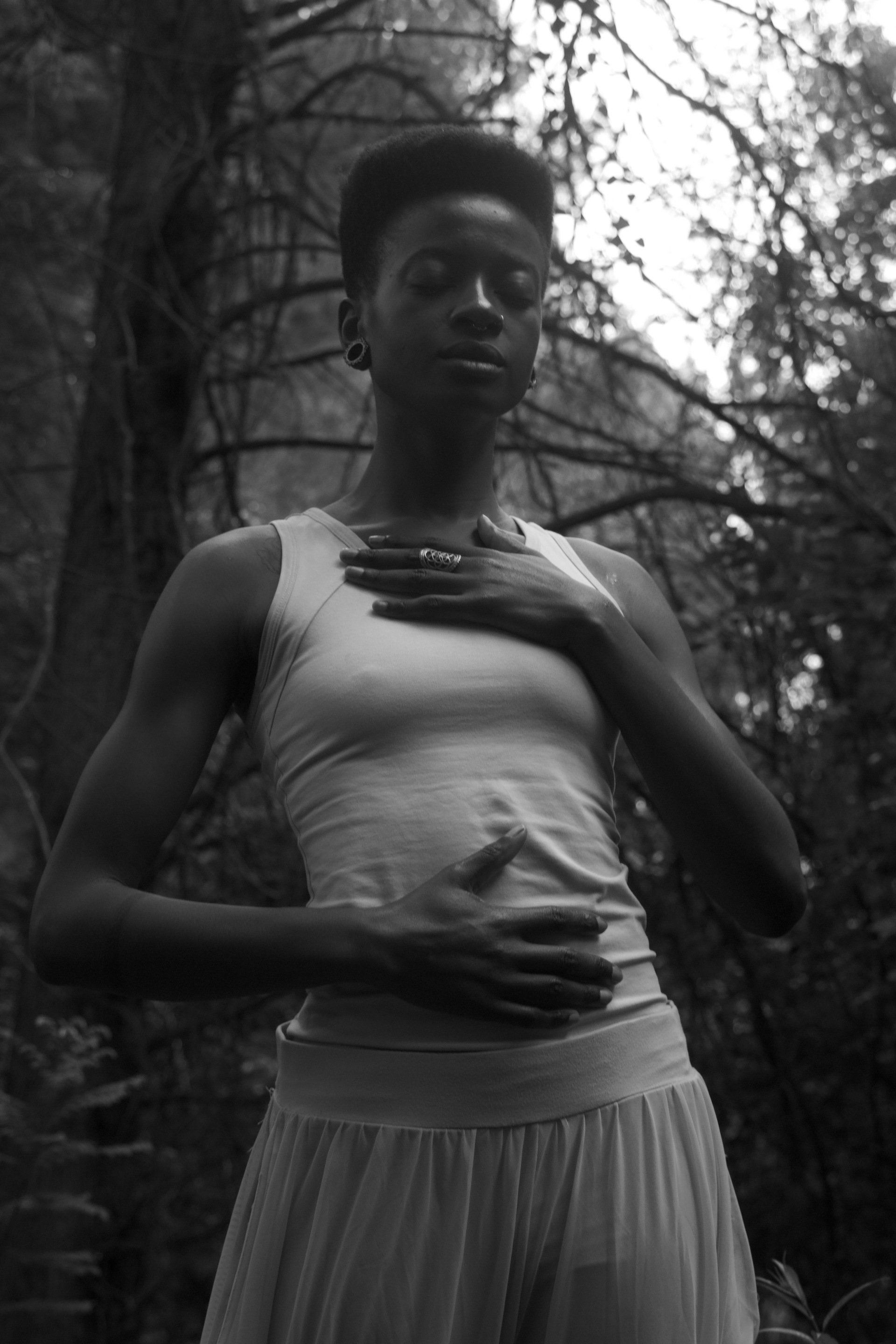FLOW "The full workout is a flowing succession of exercises performed with vigorous dynamics. There is a minimum of movement, especially in the transitions, for a maximum flow." (The Pilates Studio Teacher Training Manual/1997)

We have come to the sixth and final principle of Pilates. Flow. I've said before that as you see the principles listed, it's like you're looking from beginner work to advanced. That being said, these principles are all working together at any level of your Pilates workout. Even as a beginner, you are looking to move through your workout, and not spend too many moments on any one principle. Yes, you will have your sessions just focusing on one principle. It shouldn't be every session. I'm reminded of two thing Romana would do in privates. One was focusing on a particular area of a person's body. She would instruct the client/student to focus on, for example, engaging their legs together and build the session around that correction. It was clear and easier to understand. The other thing Romana would say was, "Weakness shows up in movement. Keep them moving." This is an important element to remember when working this principle.
Back to FLOW. As you can see, for me, it's the hardest principle. I feel I've struggled teaching this element because of how focused I can be on Precision and Control. Funny for a New Yorker. I can walk a mile in two seconds and get twenty tasks done in half an hour. Pilates I take my time. Although, it's one of my biggest gripes when people do Pilates at warp speed thinking it's "flow". There are rhythms to every exercise, and speed or tempo and rhythm are two different aspects in music. Because of my dancer background, focusing on the rhythm always made more sense. Sari always said this, too, that she always worked by rhythm. I rarely count the repetitions I'm supposed to do because I feel the rhythm. When you fall into the rhythm of the exercise, I believe it's easier to find the movement and flow.
As an apprentice, we used to have a time range for flowing through our Reformer and Mat workouts. Beginner Reformer and Mat should be about ten minutes each. Depending on your accuracy, give or take a couple of minutes. Intermediate Reformer was fifteen to twenty minutes and when you were really good only ten. Same with the Intermediate Mat. Advanced Reformer was the work! You were lucky when you were first learning that you could get it done within an hour! When you were rocking it like a rockstar, forty minutes. The shear jump in number of exercises more than doubled. Same with Advanced Mat. A really great one is only thirty-five minutes. You can get just as exhausted teaching an Advanced Mat as doing it, again, because of the jump in how many extra exercises are added. Your mouth and lungs get tired from speaking straight through for that amount of time!
Moving from NYC to Charlotte, NC has been a huge difference. For one, not many people know what "Pilates" really is!?! Two, the pace here in general is that of moving through molasses, mentally and physically. I find the mental challenging. As if there's an obstacle. For a NYer, regardless of an obstacle, you keep going. Not here in the South. So, a workout here is either about speed, or it's so mental that movement doesn't happen. There needs to be a healthy balance.
When I'm teaching a beginner, I usually just let them move how they move. If they're not accustomed to working out, I give them a little time to feel their body and the apparatus before I emphasis more of a rhythm and pace. If they're more experienced in exercise, I may be more particular about Precision, as they tend to have a good sense of Flow already. Again, I'm reminded: "Keep them moving. Weakness shows up in movement." When you see more advanced teachers teach, usually apprentices, they just watch them for a few exercises. They don't say or do anything, really. They observe. They are looking to see how you move, and where you need attention. Is it your body? Does it need strengthening, stretching, adjusting? Do you need to more rhythm and flow? Where is your mindset in your workout? Does your brain need more focus and challenge?
I believe these principles surpass a Pilates workout and can be used in not only all other regimes, but they can also be used throughout any and all ways of living. They are a silent and subtle reminder to remember where you are at all times. Who doesn't need that gentle reminder?
I hope you enjoyed learning about the Six Principles of Pilates. Feel free to reach out if you have any questions or observations. Do these help or have influenced your workout? Do you teach and have further insights? Are any one or more of these principles harder or easier for you to attain? Reach out! I'd love to hear from you!
Until next time,
Love, Light and Blessings,
Julia xo



